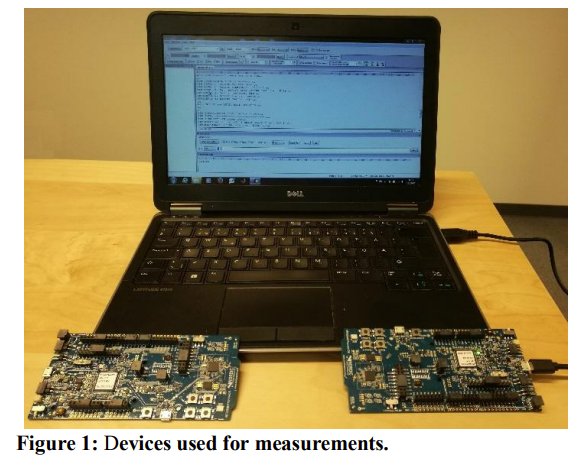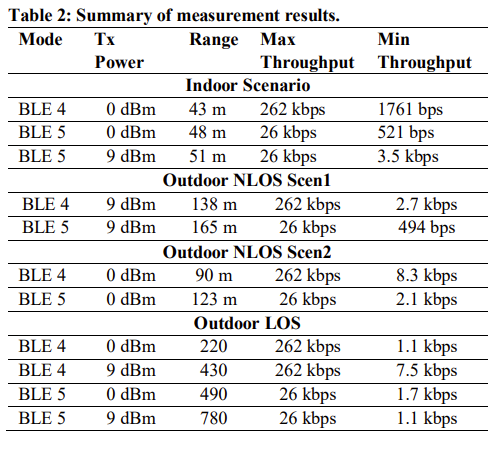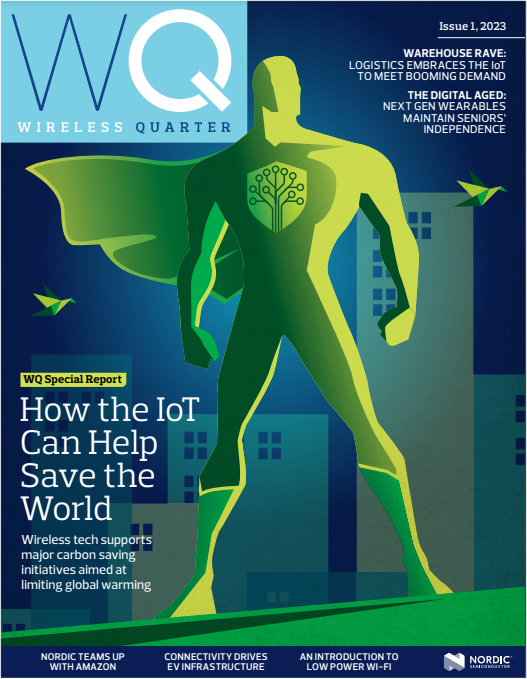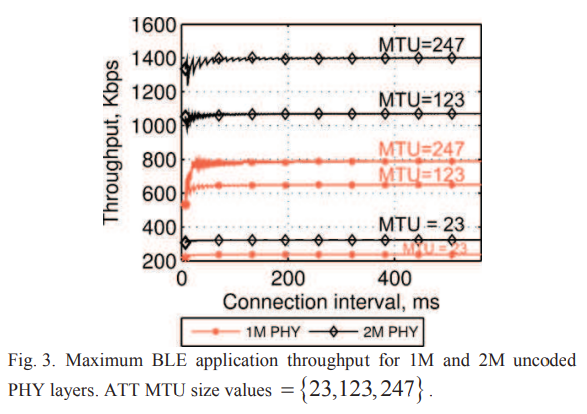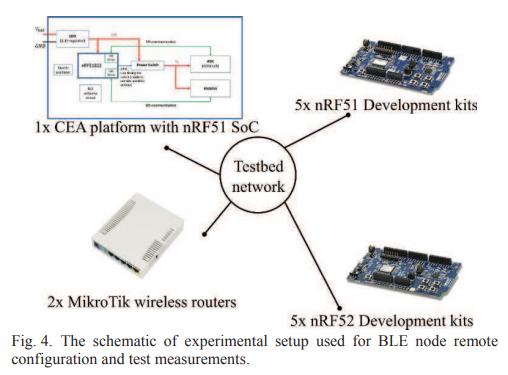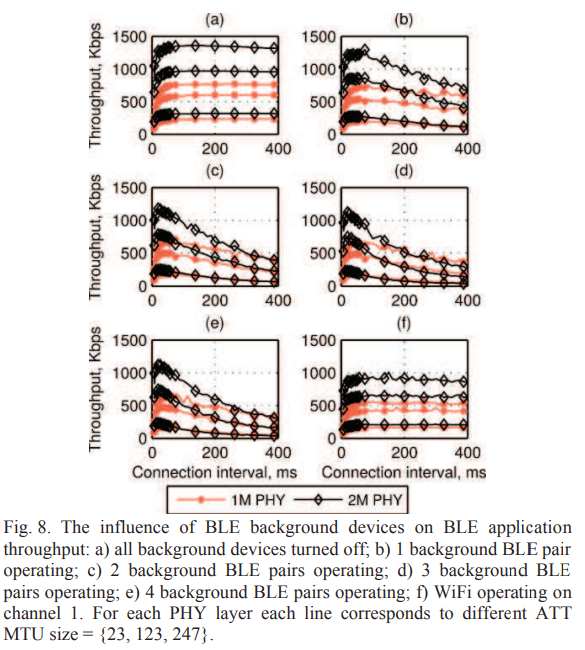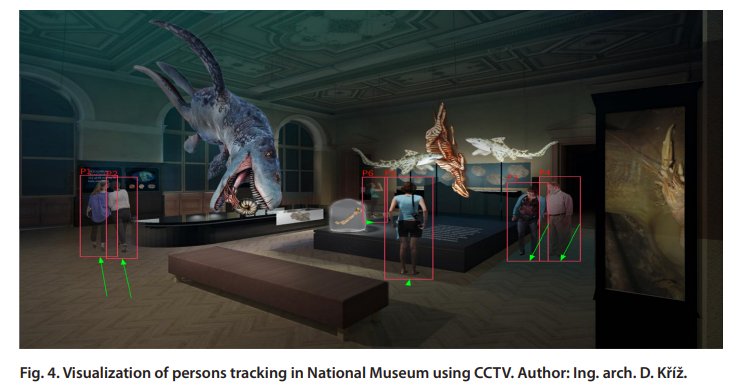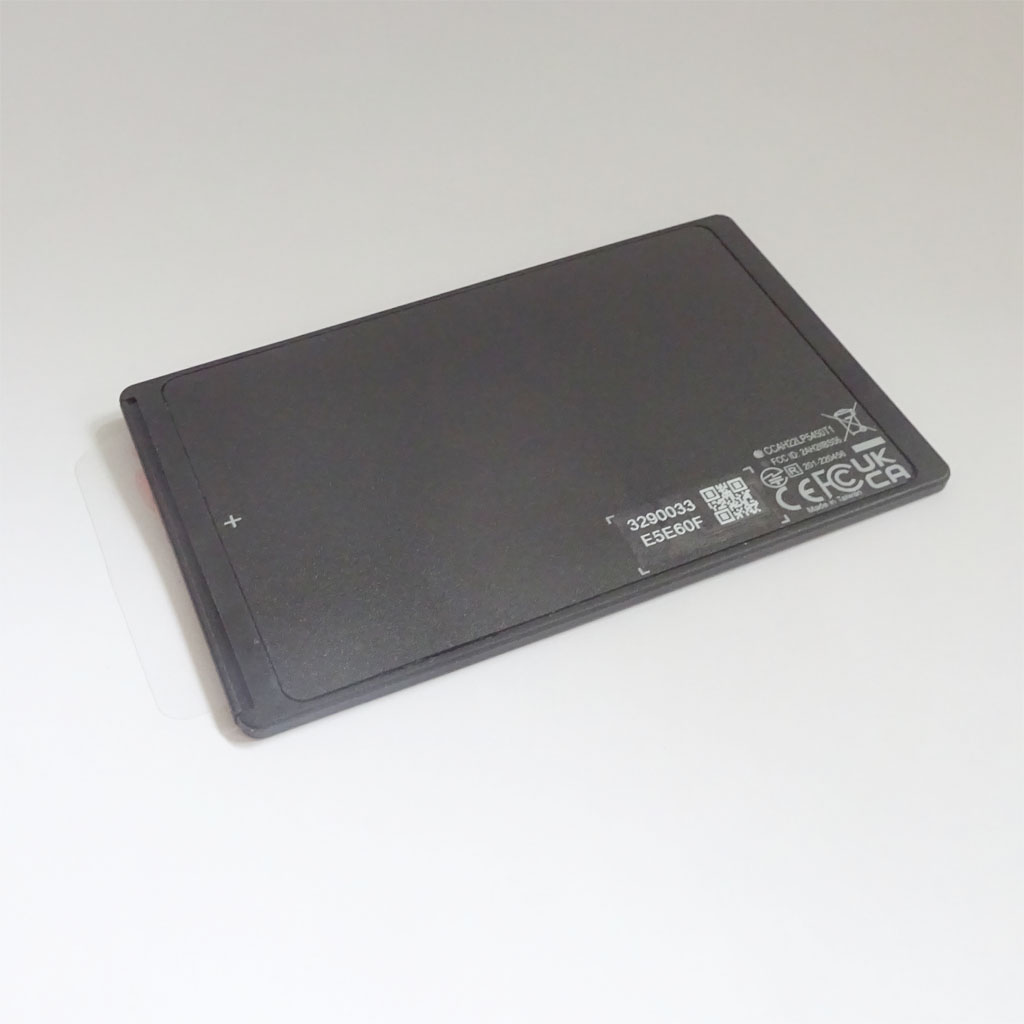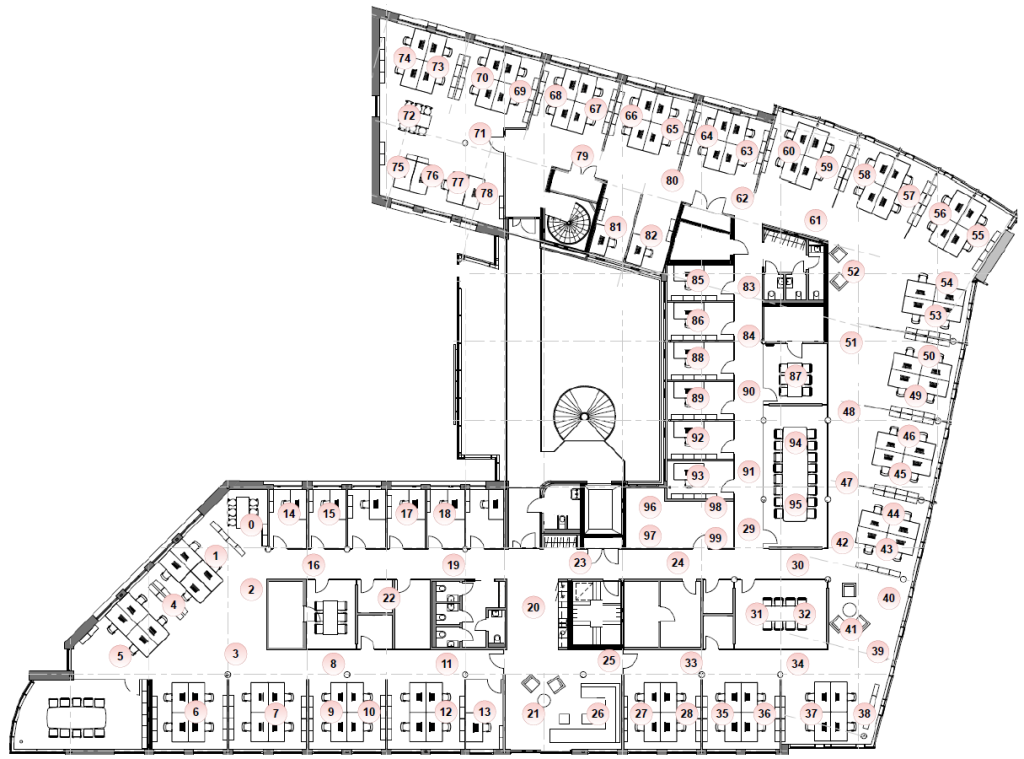A critical aspect of beacon setup is the transmission power (Tx power) setting, which determines the range of communication and the beacon battery consumption. The Tx power is measured in dBm (Decibel-milliwatt) and indicates the strength of the radio signal. The standard range of TX power settings typically falls within -30 dBm to +4 dBm, the ‘standard’ level being 0dBm.
Lower TX power settings, between less than 0 dBm, are used for short-range. Low power settings conserve battery life by minimizing energy consumption, making them ideal for battery-powered beacons. Higher power settings, above 0 dBm are used for long-range communications. However, it is important to note that higher power settings significantly impact battery life.
A change in ± 3dBm is a halving or doubling of power. An approximate rule of thumb is that this halving/doubling affects the battery in opposite way way. For example, going from 0dBm to -3dBm will approximately double the battery life. This is a very rough approximation because the beacon also uses a small amount of power when not transmitting, which is most of the time because the beacon only transmits for a few milliseconds (ms) every configurable 100ms to 10 sec.
A change in ± 3dBm doesn’t halve or double the range. Instead, the range approximately follows inverse square law with distance. Again this is approximate due to antenna characteristics, obstructions and interference. Signal processing at the receiver can also optimise performance and improve on the usable range.
Our recommendation is to start off with the ‘standard’ level of 0dBm. This will provide the battery life quoted by the manufacturer. If you really need more range then increase the power. If the range is further than you require then reduce the power to obtain a better battery life. You can test the range and received radio level using nRF Connect app on a smartphone.
